Dear Sensei:
I’ve been practicing a lot lately, and although I’m learning a bunch of tunes I don’t feel like my raw technique is getting any better. Can you recommend any exercises to help get my hands in shape?
Thanks,
Jeff from Indiana
Dear Jeff,
You’re absolutely right. When it comes to getting better at music, there’s no substitute for good, old-fashioned time in the woodshed. But my advice would be to temper your dedication to the instrument with a little attention to not just what you’re practicing, but how you choose to practice, how often, and for how long.
Think about it: There are between 27 and 30 bones in the human hand, and each of these bones is connected to the next by a delicate webbing of tissue, muscle, and nerves. To play the guitar, you’re simultaneously moving most of these interconnected parts—sometimes at an incredible rate. By way of comparison, if you moved that many bones and muscles in the rest of your body continuously for hours at a time, your heart rate and adrenaline would most likely go through the roof! Depending on your endurance, after a while you would fatigue, and after that you would find it necessary to rest.
My advice to string players of all levels: Learn to think of your hands as tiny athletes. The way you organize your fingers, wrists, and shoulders will determine whether you are getting a minimum result with a maximum of effort, or a maximum result by doing less. As a rule, guitarists tend to love shortcuts, so here are a few simple things you can do to get a larger return on all that time you’re investing in getting better at guitar.
Develop Equal Finger Strength
Let’s face it. A lot of the time we spend “practicing” the guitar is actually spent “playing” the guitar, which is a polite way of saying that it’s in most of our natures to shy away from things we don’t already understand in favor of repeating things we can already do. Without getting into it too much, the nervous system connects your brain to your hand through the ball-mount (or base) of the index finger first. Between this and the fact that the weakest and smallest of your fingers are the furthest away from the support and anchor of your thumb, most self-taught players tend to rely too heavily on their index and middle fingers to do the heavy lifting.
An effective way to bring some necessary balance into your technique is also one of the simplest: by playing the chromatic scale. If this is new to you, “chromatic” derives from the Latin word “chroma,” meaning “color.” So the chromatic scale is a fancy way of describing all the available colors, or notes.
One of the best things about working with the chromatic scale is that it helps establish what I call the 4-fret span. That’s a way of organizing your fretting-hand technique so each finger is assigned to a single fret. This can be useful for a variety of things from visualizing scales and intervals to making logical fingering choices when the going gets tough. But for now, let’s use it to exercise our fingers equally.
It’s simple enough at first: Play the note on the 1st fret with your first finger, the note on the 2nd fret with your second, and so on. It’s best to begin on the 1st fret of the 6th string and finish on the 4th fret of the 1st string, and then to turn around and do the opposite on the way back. Alternate picking is an essential part of any well-grounded guitar technique, so make sure that each downstroke is followed by an upstroke, then another downstroke, and so on. If you really want to connect your right hand to your left, start by playing each note four times, then twice, then once—always making sure to use alternate picking.
Intermediate and advancing players can work this exercise in a box up and down the neck, as shown in Ex. 1. Notice how we’re including open strings in the first four measures. In measure three, pay attention to how you cross from the 3rd string to the 2nd. This move reminds us that while in four instances the guitar’s adjacent strings are tuned in fourths, the G and B strings are a third apart.
Balance Your Finger Dexterity
Unless you want to be the kind of guitarist who only plays forward or backward through a scale, it’s best to mix that 4-fret span up a bit. Ex. 2 is an exercise I picked up from Texas-based jazz-guitar guru Noel Johnston, who runs the Lone Star Music Academy down in Dallas. The simplest way to do this one is to start with C on the 6th string, 8th fret. Using the 4-fret span we established in Ex. 1, move your fingers in the following order: 1–4–2–4–3–4–2–4.
Once you have this mastered on one string, try repeating it four times in a row and then move the sequence up a string and back a fret. Because the frets get gradually wider as you move down toward the nut, you’ll be improving your flexibility while developing finger strength. As in Ex. 1, we’ve adapted this shifting pattern to account for the tuning of the 2nd string, which means you won’t be moving back a fret when you cross from the 3rd string to the 2nd.
Once you’re able to do this consistently, you can start to minimize any wiggle factor you notice in your left hand by leaving your fingers on the fretboard unless they absolutely need to lift. Bonus points if you can do this without bending your thumb, squeezing up toward the guitar with your palm, or letting the ball-mount of your first finger pop up towards the neck of the guitar when you move your pinky. Paradoxically, the slower you go with this one, the more quickly you’ll achieve maximum control over your hands.
Challenge Yourself
Rather than using your fingers equally, once you have the basics down it’s a good idea to push your weaker fingers a bit more than the others. Sticking with the 4-fret span, let’s push that 4th finger a little bit. Hint: You may want to play Ex. 3 at a low volume or unplugged as the sequence of notes can be a little jarring.
Once you can do this forward and backward on the neck, try mixing the moves, as in Ex. 4.
The trick with this one is to focus on moving quickly while doing less. If you’re new to this kind of work, you may notice that the fingers you aren’t using tend to wiggle around a lot if you don’t pay attention to them. So, pay attention to them until they settle down! It’s amazing how freeing this can be when you return to your normal practice. All that wiggling around takes energy, and expending energy when you don’t need to is one of the major molasses factors when it comes to your technique.
Add Some Wisdom to Your Speed
For advancing players, you can do this with a metronome with increasing levels of difficulty, partly to increase your speed along with your dexterity, but also to keep the natural tendency to rush from derailing your technique.
Try any exercise with the metronome on beat 1 and beat 3, then try the same exercise with the metronome on 2 and 4. I believe all guitarists benefit from working with a click in either fashion, regardless of their level of experience.
If you want to challenge yourself and take the training wheels off, so to speak, set your metronome to click on only beat 1 of each measure. This can really help you discover if your time is as consistent as you think it is.
If you want to do one better, treat the metronome as part of a polyrhythm. One common choice is to simultaneously play in 3/4 and 4/4 time: Treat the click as a quarter-note and play each note as a dotted quarter-note over that. If this one’s a little bit beyond you, never fear. We’ll cover rhythms and polyrhythms in depth another time.
If you do all these things in short, concentrated bursts on a daily basis, you may surprise yourself after only a few weeks. I’d suggest including some or all of these things in your warm-up routine, so you can be limbered up and connected to each of your fingers before you try to make any actual music on the instrument. These drills are great for improving your chops if you have ample time to dig into a good practice session, and they also provide an efficient way to maintain those chops if you go through a busy spell and only have a few minutes to spare for a few days.
Got a question for the Sensei? Email us at sensei@premierguitar.com.




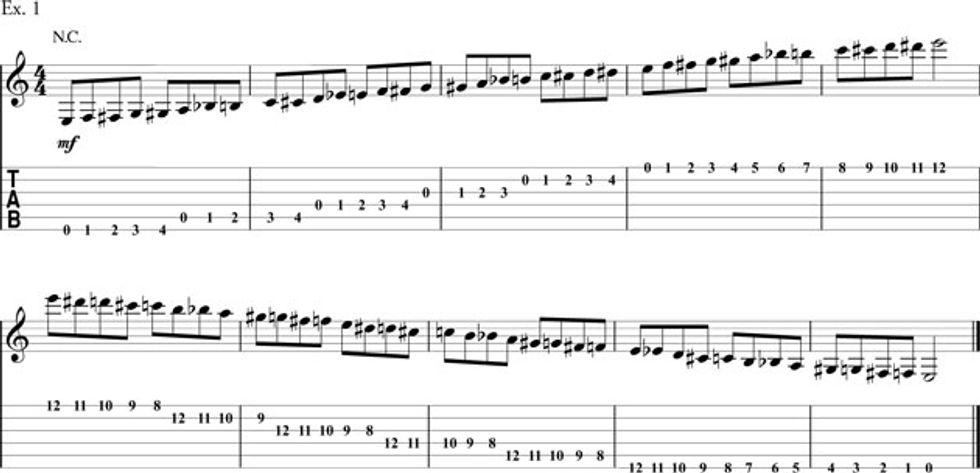
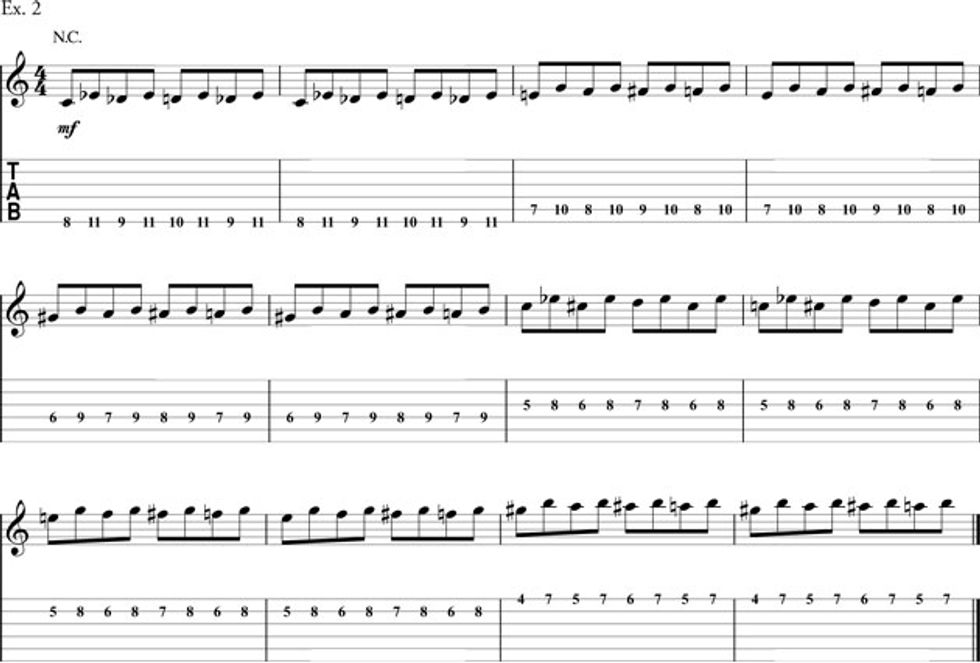
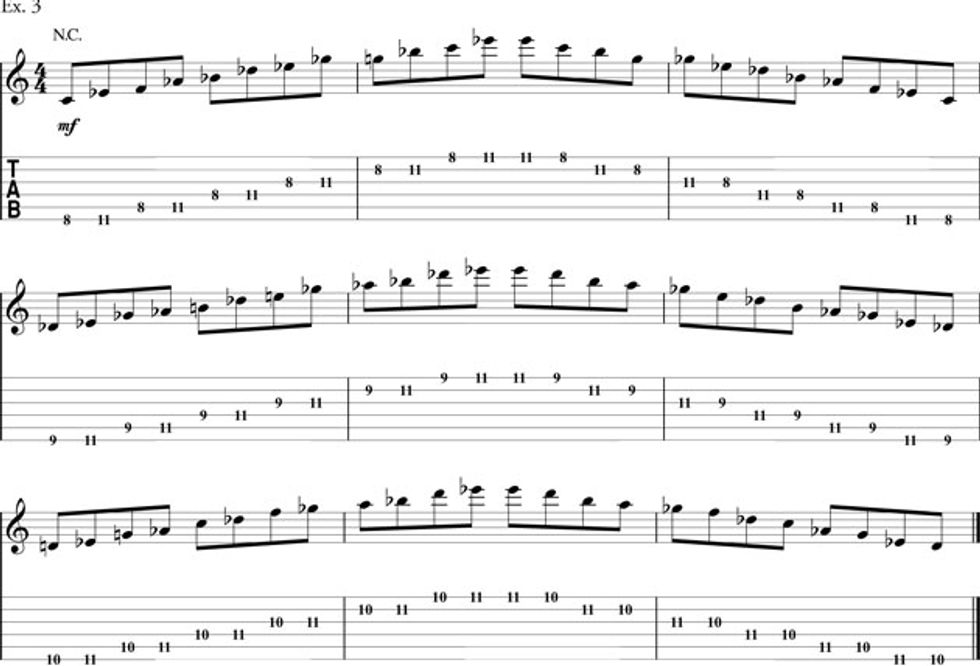
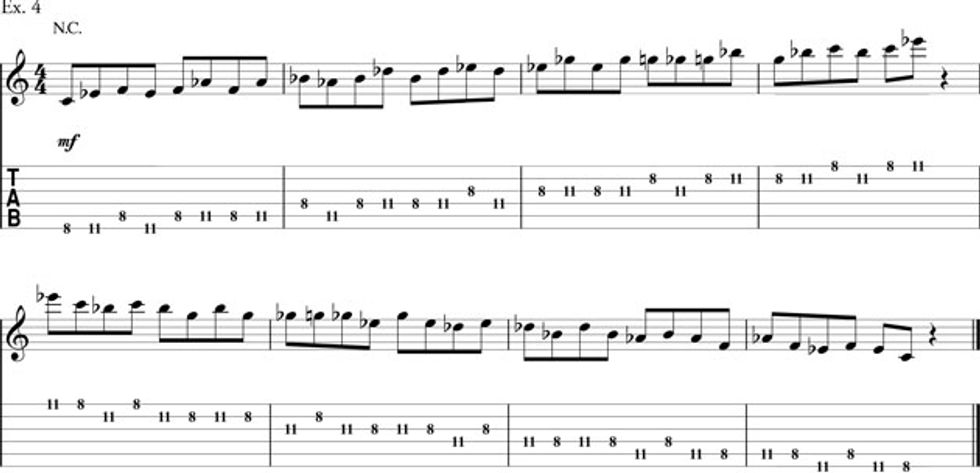

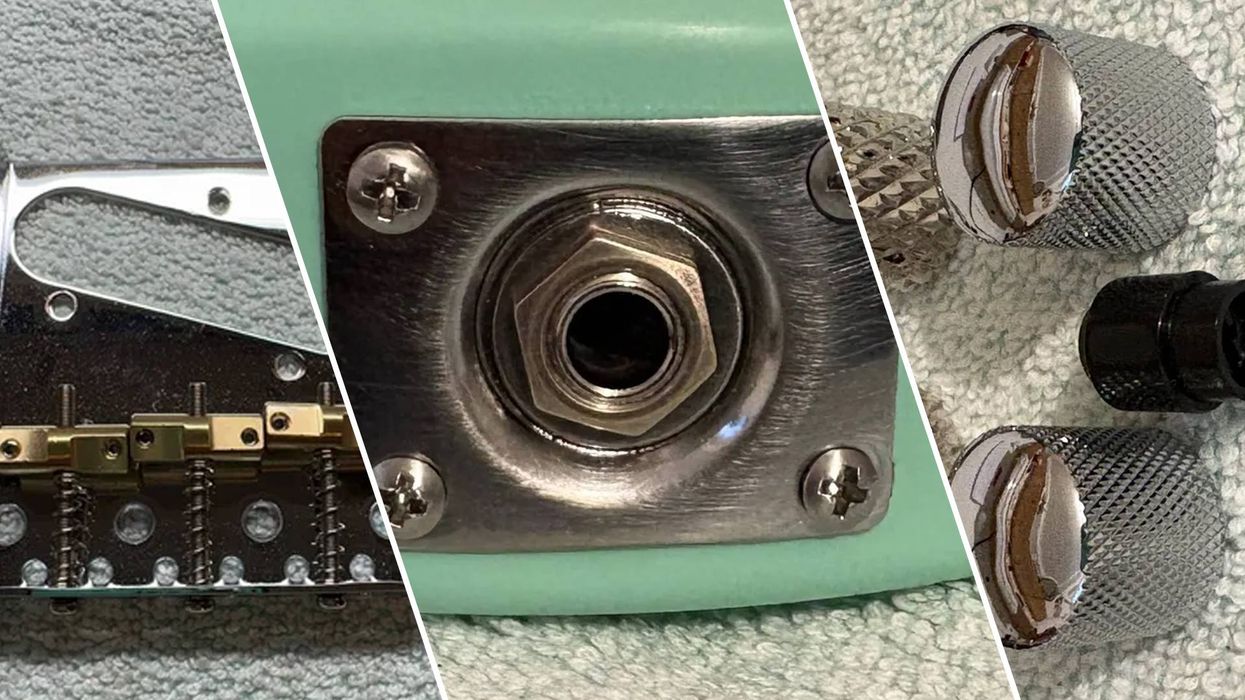








![Rig Rundown: Russian Circles’ Mike Sullivan [2025]](https://www.premierguitar.com/media-library/youtube.jpg?id=62303631&width=1245&height=700&quality=70&coordinates=0%2C0%2C0%2C0)












